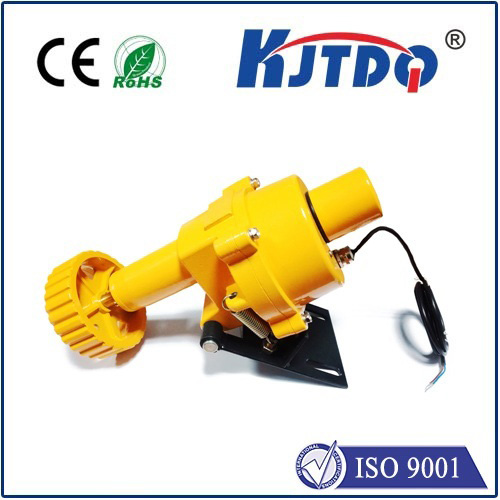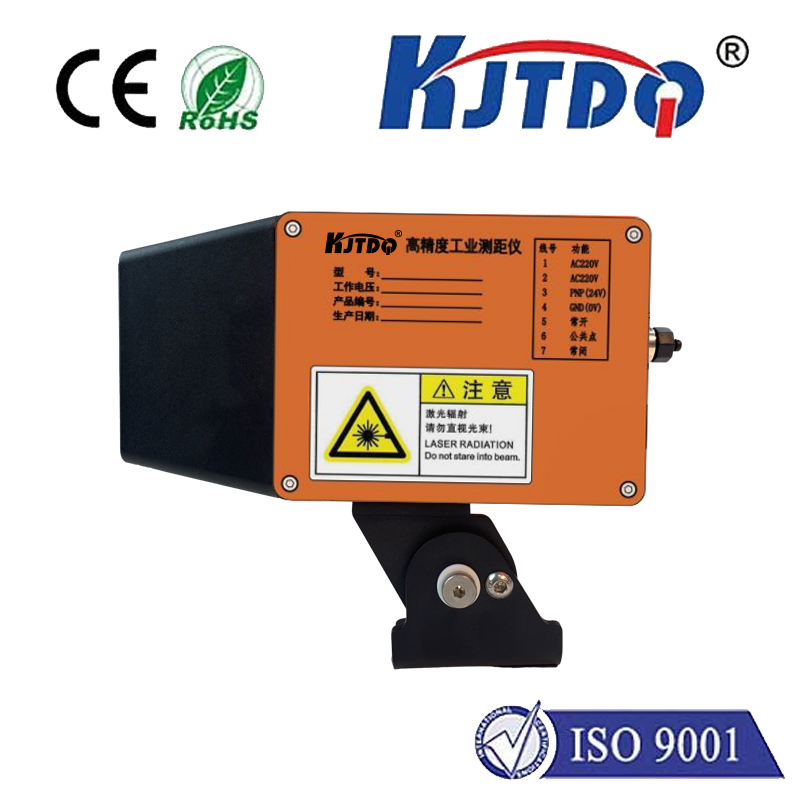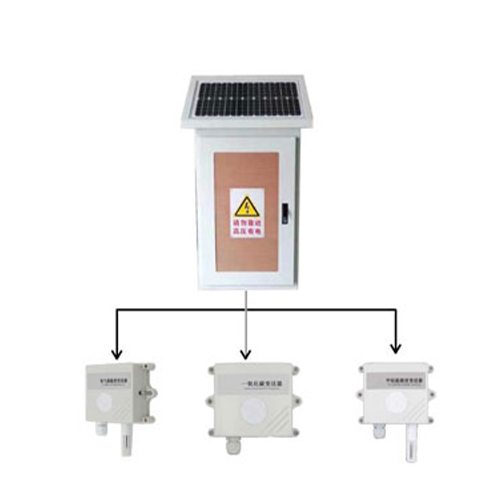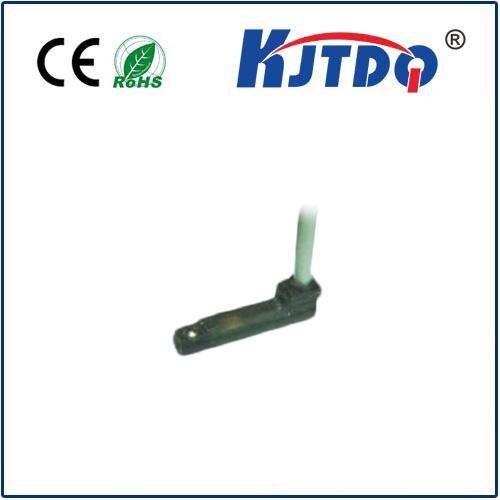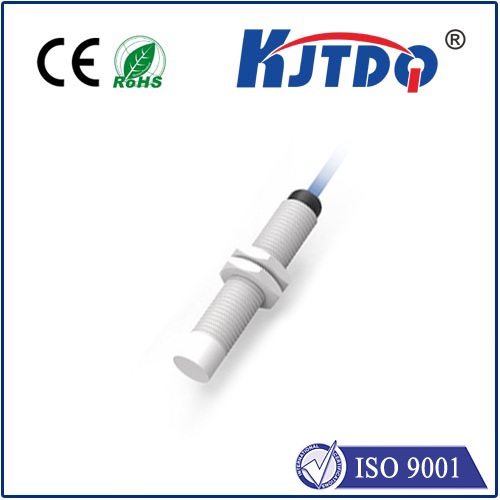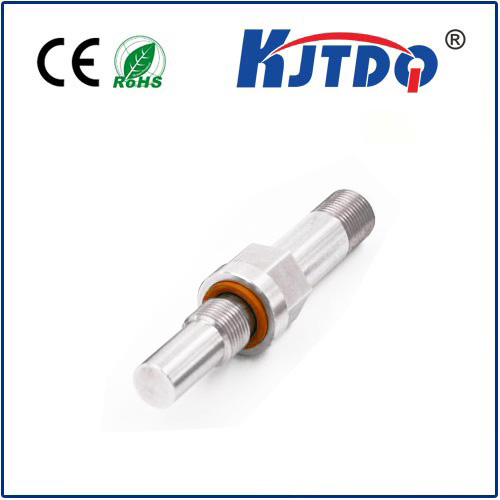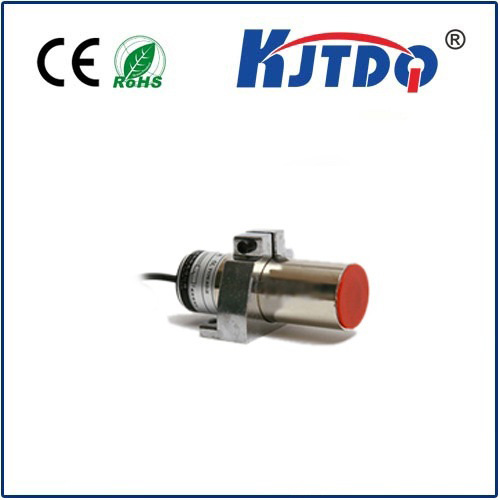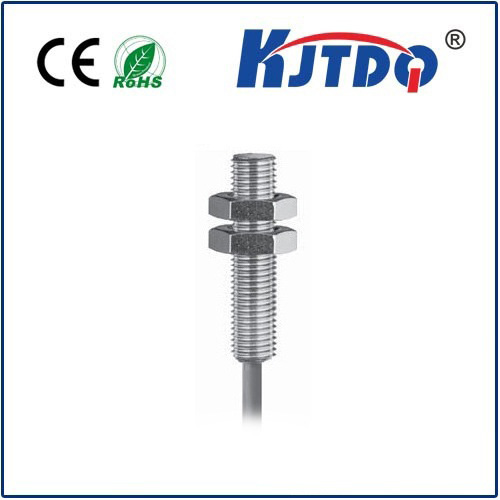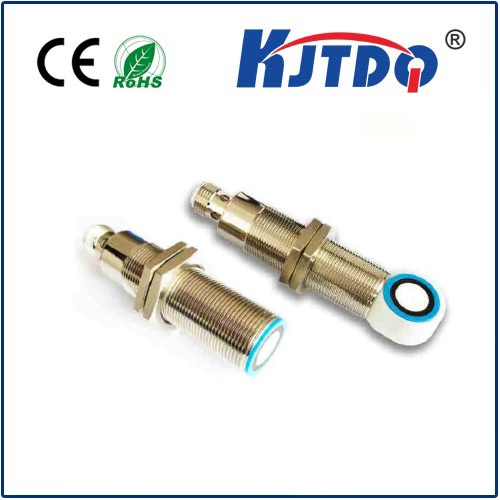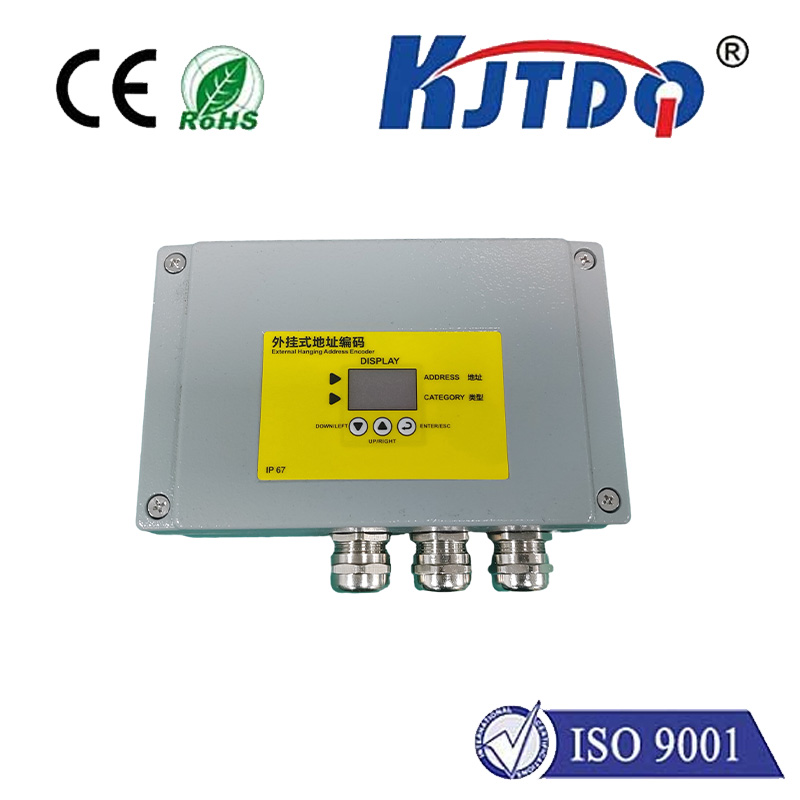E3FB-DP12-F2 2M 5v photoelectric sensor
- time:2025-10-09 09:52:53
- Click:0
Unlock Precision Detection: The Power of the E3FB-DP12-F2 2M 5V Photoelectric Sensor
In the intricate world of factory automation, packaging lines, and material handling, reliable object detection is non-negotiable. Downtime caused by sensor failure or misdetection translates directly to lost productivity and revenue. This is where compact, robust, and dependable components like the E3FB-DP12-F2 2M 5V Photoelectric Sensor step into the spotlight, offering a powerful solution for countless detection challenges. Designed for seamless integration and consistent performance, this specific sensor model brings a unique set of advantages essential for modern automation.
Understanding the Core of E3FB-DP12-F2 2M 5V
Breaking down its identification reveals its key specifications:

- E3FB: This denotes the series from a major sensor manufacturer (commonly Omron), indicating a fundamental through-beam or diffuse-reflective photoelectric sensor family known for reliability.
- DP12: This suffix is crucial. It specifies the sensor’s operating mode and output configuration. ’D’ typically indicates Diffuse-reflective operation. ‘P’ often signifies a PNP output transistor (sourcing). ‘12’ frequently relates to the specific sensing distance or a variant code within the diffuse reflective models of this series. For DP12, it commonly indicates a compact, barrel-shaped housing and a standard diffuse sensing range suitable for general-purpose detection of non-highly-reflective objects at close to medium distances.
- 2M: Clearly defines the length of the attached cable: 2 meters. This provides flexibility for installation locations relative to the control system or power source, reducing the need for extensive field wiring extensions in many setups.
- 5V: Specifies the operating voltage requirement: 5 Volts DC. This low-voltage operation makes it particularly compatible with modern microcontrollers (like Arduino, Raspberry Pi), PLC input cards designed for low-voltage sensors, portable devices, and low-power embedded systems. 5V DC operation is a significant factor in its versatility.
Why the E3FB-DP12-F2 Excels: Key Features & Benefits
- Compact & Robust Design (Emphasizing DP12 Form Factor): The barrel-shaped DP12 housing is exceptionally space-efficient, allowing installation in cramped machinery or on small moving parts. Despite its size, it’s engineered for durability. IP67 protection (Ingress Protection rating) signifies excellent resistance against dust infiltration and the effects of temporary immersion in water (up to 1m depth for 30 mins). This resilience is vital for demanding industrial environments plagued by dust, moisture, and incidental splashes. Operating temperatures generally span a practical range like -25°C to +55°C, ensuring performance stability across typical factory conditions.
- Diffuse-Reflective Sensing (The ’D’ in DP12): This principle means the sensor houses both the light emitter (usually an infrared LED) and the receiver in a single unit. The sensor detects an object when the emitted light beam reflects off the object’s surface back to the receiver. While this simplifies installation (no separate reflector/receiver unit required) compared to through-beam sensors, it inherently has a shorter sensing range and can be more influenced by the object’s color, surface texture, and reflectivity. Understanding this principle is key to successful application.
- PNP Output (The ‘P’ in DP12): The PNP output transistor acts like a switch. When the sensor detects an object (its “active” state), the output line switches to connect to the positive supply voltage (+V, usually +5V or +24V depending on wiring). This “sourcing” output is widely compatible, especially with PLCs and controllers designed to accept PNP sensors. PNO (Normally Open) behavior is typical: Output OFF (no voltage) when no object is detected, Output ON (sourcing +V) when an object is present.
- Integrated 2-Meter Cable: The pre-attached 2M cable dramatically simplifies installation and wiring. Color-coding of the wires (e.g., Brown: +V, Blue: 0V, Black: Output) adheres to standard conventions, minimizing connection errors and saving valuable setup time.
- The 5V Advantage: Operating at 5V DC is a standout feature. It enables direct compatibility with:
- Microcontrollers & SBCs: Arduino, Raspberry Pi, and similar platforms often use 5V logic levels.
- Low-Voltage PLC Inputs: Many modern PLCs offer input cards specifically designed for 3-5V DC sensors.
- Portable & Battery-Powered Systems: Low voltage minimizes power consumption, extending battery life.
- Embedded Electronics: Simplifies integration into custom low-voltage control circuits. This significantly broadens the sensor’s application scope beyond traditional 12-24V industrial panels.
Sensors in Action: Practical Applications
The E3FB-DP12-F2 2M 5V Photoelectric Sensor finds its niche in countless scenarios demanding reliable, close-range object presence verification:
- Automated Machinery: Detecting the presence/absence of parts on conveyors, in fixtures, or at process stations. Confirming workpiece loading/unloading.
- Packaging Lines: Verifying the presence of boxes, bottles, or pouches on a moving line. Actuating filling, capping, or labeling processes.
- Material Handling: Counting objects on conveyors. Monitoring bin levels for small parts or bulk materials (within its range limitations).
- Assembly Automation: Ensuring components are correctly placed before a process step (e.g., welding, screwing). Detecting small parts in feeders.
- Consumer Electronics & Robotics (Leveraging 5V): Integration into custom-built robots (e.g., obstacle detection), DIY automation projects, prototype devices, and low-voltage control systems where compatibility with microcontrollers is paramount.
- Printing & Paper Handling: Detecting paper jams, verifying sheet feed, or confirming media presence.
- Security Systems: Simple presence detection as part of an access control or intrusion detection setup (within its technical limits).
Optimizing Performance: Critical Considerations for Deployment
To maximize the effectiveness of the E3FB-DP12-F2:
- Sensing Distance Awareness: Understand the published nominal sensing distance for the standard target (often a matte white object). Remember that actual range varies significantly based on the target object’s size, color (darker absorbs more light), and surface finish (shiny vs. matte). Test with the actual target under real conditions.
- Target Characteristics Matter: Highly reflective or very dark targets will push the sensor towards its operational limits. Adjust mounting distance accordingly or consider alternative sensor types if targets are extremely challenging.
- Ambient Light Stability: While designed with modulation techniques to resist common ambient light interference (like fluorescent lighting), avoid installing it where it will face direct, intense sunlight or other powerful light sources, which can potentially cause instability.
- Mounting Security: Ensure the sensor is firmly secured to prevent vibration or accidental movement, which can alter the sensing point and cause unreliable detection.
- Electrical Connection Precision: Double-check wiring using the cable color codes (Brown: +5V, Blue: 0V/GND, Black: PNP Output). Incorrect voltage application can easily damage the sensor. Ensure wire terminations are secure.
- Environmental Suitability: While IP67 rated, consistently harsh chemical environments or extreme temperatures












